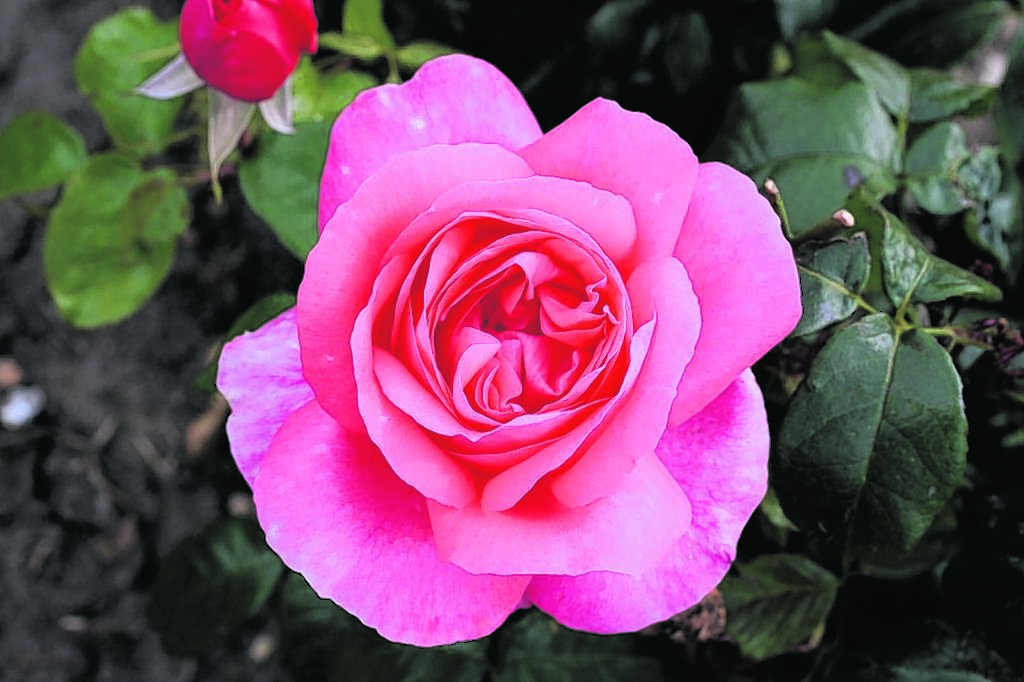Complete your garden this summer with a beautiful rose, one of the most popular garden plants and the Horticultural Trades Association’s (HTA) Plant of the Month for June 2015.
There is a rose for every garden situation, from Hybrid Teas to miniatures, climbers to floribundas, the choice is endless. They can be large or small, contemporary or traditional and boast both fragrance and colour. As a perfect addition to any garden environment and being relatively easy to grow, the rose is an ideal plant to make the most of your outdoor space. There are varieties for planting in flower beds, borders and planters as well as for walls and pergolas.
Chris Collins, broadcaster and former Blue Peter gardener says: “I suppose the choice of a rose as a favourite may be considered an obvious one when gardeners talk about plants. These plants really just give and give and with minimum fuss. They are a must have in any horticultural situation and would make Plant of the Month for me all year round.”
Recommended RHS AGM varieties include: Rosa Zéphirine Drouhin, Rosa Nevada, Rosa Golden Wedding Arokris and Rosa Rugosa Alba.
Those looking for companion plants to complement the rose in the garden are recommended to try:
Lilium regale hybrids – a perennial to 2m in height, with large fragrant, trumpet-shaped white flowers that are yellow in the centre and flushed with purple on the outside.
Nepeta ‘Six Hills Giant’ – perennial forming a clump of aromatic, grey-green leaves, with lavender-blue flowers in spikes.
Lavender ‘Munstead’ – a compact variety of English lavender with masses of dark purple-blue flower spikes. Its fragrant stems are ideal for cutting or drying, and the nectar-rich flowers are particularly attractive to bees.
Philadelphus ‘Beauclerk’ – a deciduous shrub, with ovate leaves and short racemes of fragrant, single white flowers, with a
purplish zone near the
centre.
For further information visit: www.the-hta.org.uk/plantofthemonth
